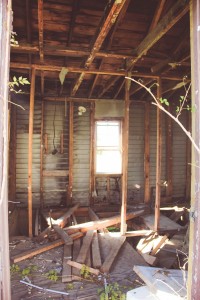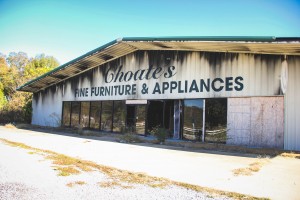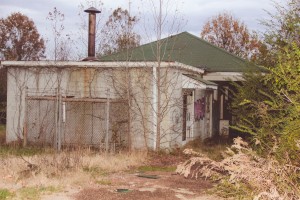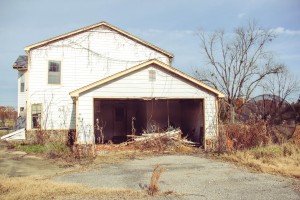I grew up about 10 minutes from a landfill in Tipton County, Tennessee. My high school was actually located on the same highway less than a mile away from this landfill and my elementary and middle schools were also about a mile from it. Every Saturday, my mom and I would make a trip to the dump. It wasn’t anything that I ever thought was strange or harmful in anyway. I thought that was what was normal for all families throughout the United States. All I really knew about it was that you had to pay a free in order to get a pass to dump your trash and other materials there. It wasn’t until reading in “Dumping in Dixie” and discussing this topic in class that I realized that this landfill is a byproduct of environmental racism. The landfill is an example of a LULU (locally undesired land use), which decreases property values, increases inequality, and causes small businesses to see fewer profits. After learning about the effects of these landfills and hazardous waste dumps, it made me think about the health and economic status of those in my hometown community. Could the landfill be harming people and lowering their quality of life?
Today, southerners are still suffering from institutionalized discrimination. It is very scary to think that your health could be impacted by these landfills, from the quality of the water to the quality of soil. These LULUs can affect the quality of our lives. The perception that these LULUs can affect your health creates depreciation of property values. There are very few (if any) regulations for LULUs. Small southern communities are also vulnerable to LULUs because they have an abundance of land. In class, we discussed that environmental racism intersects with class, rural living, and people of color. I found this to hit home with the fact that the town I grew up in has a landfill on the main highway, close to schools and many homes. The landfill never bothered me; I couldn’t smell it unless we were actually there, but now I think maybe we were all just used to the scents coming from the dump. I was definitely naïve when it comes to knowing about the effects that can occur because of LULUs. We watched a video in class, “Earthkeeping,” that went into detail about different communities fighting back against environmental racism. Communities in the video suffered most from pollution and benefited least from cleanups. One quote from the video really stuck out to me; a man stated: “If you fill a residential area with garbage, you are saying the people are garbage.” This quote made me think of all the places throughout our country that have these trash dumps and are stuck with poor health, less small business profits, and lower property values. It was encouraging to see how members of the community actually cared about fixing these issues. I hope that one day Tipton County residents will also see these issues subside.

























